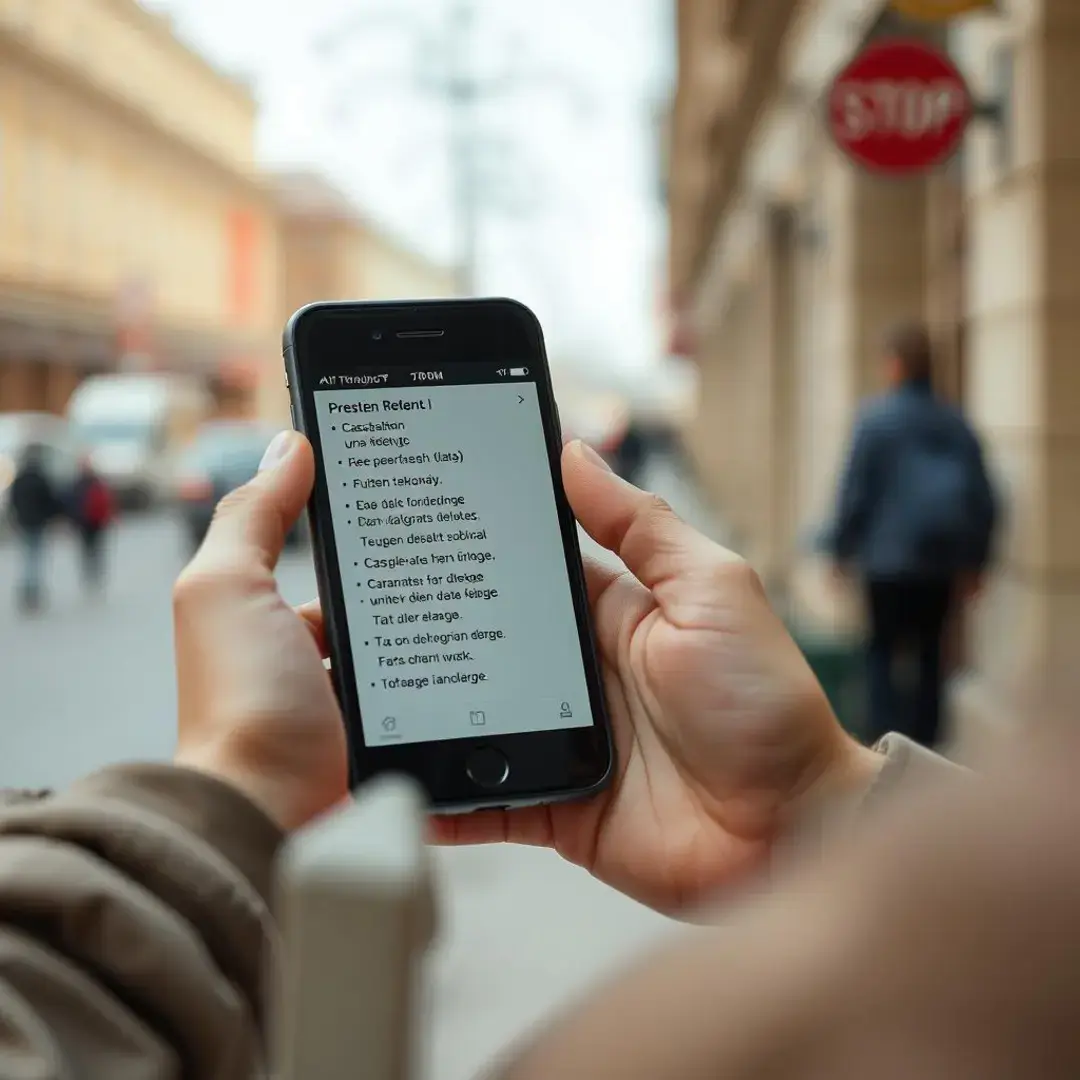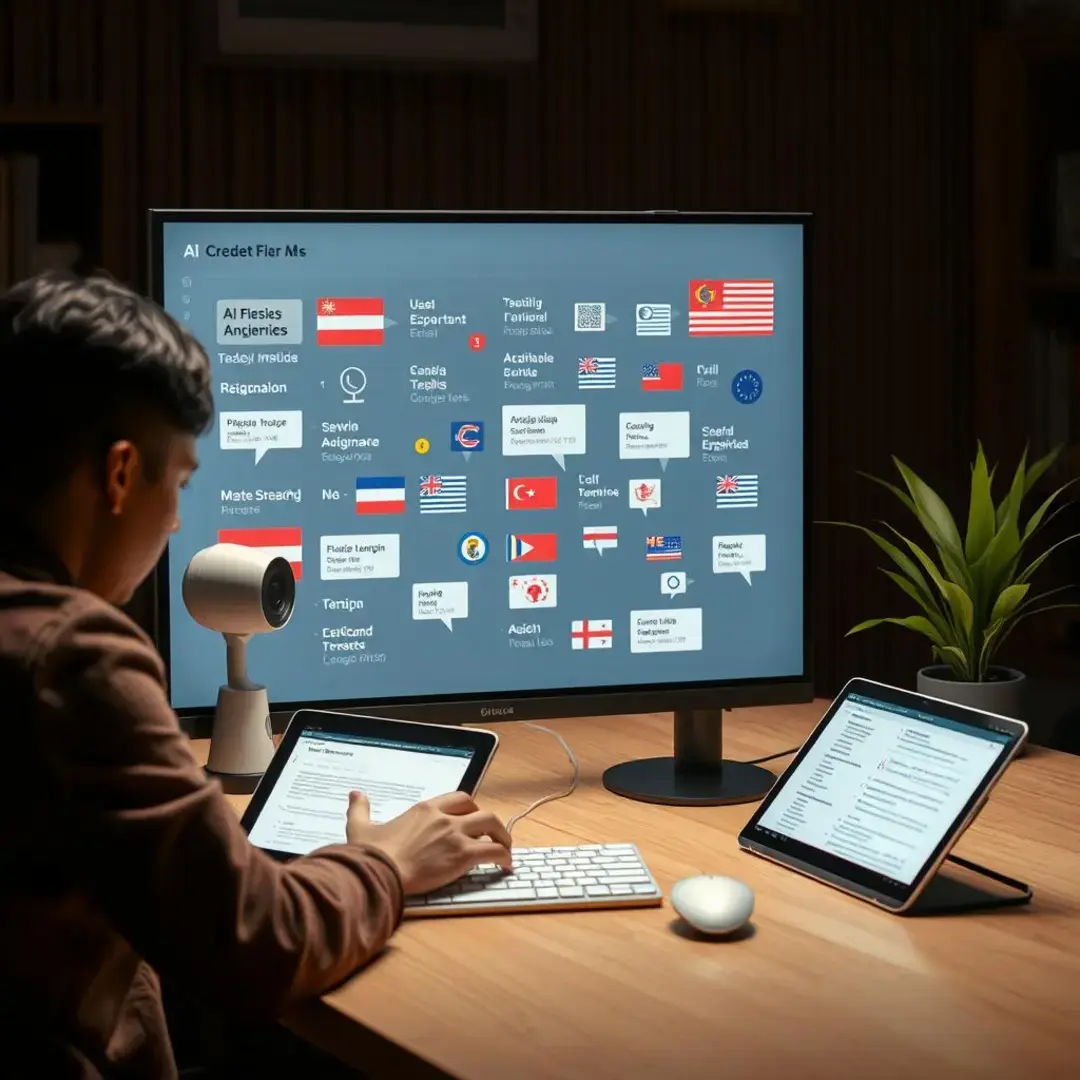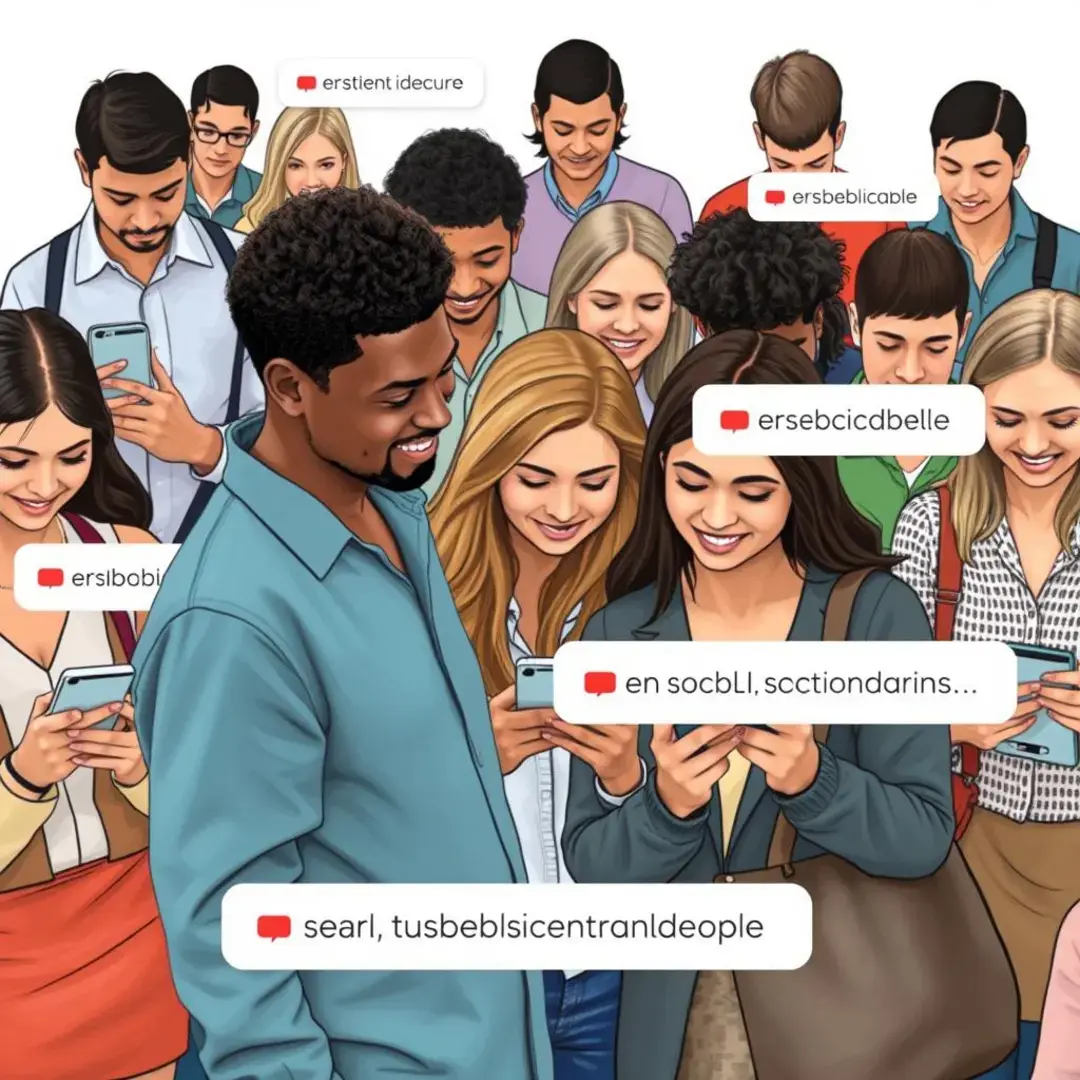Real-Time Translation
Introduction

Overview of Real-Time Translation in Natural Language Processing (NLP)
Real-time translation has become an essential application within the field of Natural Language Processing (NLP). It enables seamless communication across language barriers, making global interactions more accessible than ever. With advancements in machine learning and AI, the accuracy and efficiency of translation tools have significantly improved. Users can now communicate in real-time with individuals speaking different languages, making it a game-changer for businesses and individuals alike.
Leading companies such as Google, Microsoft, and IBM are at the forefront of real-time translation technology development. They continuously innovate to enhance their translation engines, integrating AI models that learn from vast datasets. Apart from these tech giants, numerous startups are emerging, providing specialized solutions tailored for niche markets. This competitive landscape fosters rapid improvements and wider adoption of real-time translation tools.
Key Trends in Real-Time Translation

Emerging Trends
The integration of artificial intelligence has led to significant breakthroughs in the field of real-time translation. Modern AI algorithms can analyze context, tone, and intent, resulting in translations that are not only accurate but also contextually appropriate. Additionally, neural machine translation models are facilitating faster exchanges, enabling conversations to flow more naturally. As these technologies continue to evolve, the likelihood of misunderstandings caused by poor translations diminishes.
Another notable trend is the integration of real-time translation across various platforms and technologies. From video conferencing tools to messaging applications, users now have access to translation features embedded directly within the software they already use. This seamless integration makes it easier for businesses to communicate with international clients or partners without switching between multiple apps. Coupled with augmented reality and virtual reality, we can expect even more exciting collaborations in the near future.
Industry Impact
Real-time translation is revolutionizing the way businesses operate globally. Companies can now conduct meetings or discussions without the hassle of hiring interpreters. This increased efficiency can lead to quicker decision-making processes and stronger business relations. Additionally, marketing efforts can be tailored for international audiences, allowing brands to resonate well with diverse consumer bases.
More than just enhancing business communication, real-time translation plays a vital role in fostering international collaboration and partnerships. Researchers, entrepreneurs, and professionals across the globe can share ideas, conduct joint ventures, and innovate together. The power of language is no longer a barrier, paving the way for a more interconnected global community that thrives on collaboration.
Challenges and Limitations
Despite its advancements, real-time translation is not without its challenges. One significant limitation is the accuracy and fluency of translations in complex scenarios. While AI has come a long way, it still struggles with idiomatic expressions or technical jargon. Users may be left with translations that lack nuance, leading to potential miscommunication in important contexts.
Another hurdle faced is the preservation of context and cultural nuances. Every language has its own intricacies, and automated systems may not always capture these subtleties. This can lead to misunderstandings, especially in sensitive conversations. Developers need to ensure that their models are trained to recognize and adapt to these cultural differences to provide more holistic translations.
Furthermore, fields like medicine, law, and technology often use specialized terminology that may confuse even the best algorithms. While general language translations can be relatively accurate, jargon-heavy content requires deeper understanding and context, posing another challenge for translators. Users must remain cautious and verify critical translations in professional settings.
Future Outlook

Future Developments
Looking ahead, the potential breakthroughs in real-time translation accuracy are promising. With continued research in deep learning and neural networks, we can expect systems that provide more contextually aware translations. Enhancements in computational linguistics will likely lead to improvements in understanding complex sentences and idioms. As these developments unfold, users will enjoy a more reliable translation experience.
The future also holds the promise of expanding real-time translation capabilities to include a broader range of languages and dialects. Currently, many tools are limited to widely spoken languages, leaving many dialects unattended. As demand grows for underrepresented languages, developers will have to fill these gaps, thereby creating opportunities for more inclusive communication.
Market Predictions
The real-time translation market is projected to experience significant growth in the coming years. As globalization continues to rise and businesses expand internationally, the necessity for effective communication tools becomes increasingly vital. Analysts predict that advancements in mobile technology and 5G connectivity will propel the adoption of real-time translation solutions further.
We can also expect emerging applications and use cases tailored to specific industries. Custom solutions for e-commerce, healthcare, and legal sectors will likely become more prominent, addressing unique translation needs. This specialized focus will enhance the quality of translations and provide users with tools that cater to their specific requirements.
Potential Impact on Users
The potential impact on users is remarkable. Real-time translation can enhance communication and understanding across cultures, bridging gaps that once felt insurmountable. Individuals will have more opportunities to connect, fostering friendships, partnerships, and collaborative efforts worldwide. This increased interaction can promote cultural exchange, leading to a more empathetic global society.
Moreover, breaking down language barriers can benefit various domains, from travel and tourism to education. Students studying abroad can navigate their experiences through more accessible interactions, enriching their learning opportunities. In tourism, travelers can engage with local communities in ways previously thought impossible, leading to a more immersive and enjoyable experience.
How to Choose the Right App

Step-by-Step Guide
Your first step should be to identify your specific translation needs. Consider the languages you require and the contexts in which you intend to use real-time translation. Knowing whether you need it for casual conversations, business meetings, or academic purposes can guide you toward the most suitable app.
Next, evaluate different real-time translation apps by comparing several options side by side. Take note of their features, supported languages, and user feedback. This research will help narrow down your selection to the most effective tools on the market.
Conduct tests by utilizing trial versions or free trials to compare performance and user experience. This hands-on experience will provide insights into how well a particular app meets your needs. Consider aspects such as translation speed, accuracy, and ease of use during your testing sessions.
Finally, make an informed decision based on your requirements and the performance of the apps you tested. Select the app that not only meets your immediate needs but also has the potential to grow with you as your requirements evolve. Remember that the right real-time translation tool can dramatically enhance your communication, making it an empowering addition to your technological arsenal.
Conclusion

In conclusion, real-time translation has transformed the landscape of communication, particularly in an increasingly interconnected world. With continuous advancements in NLP and AI, we can expect even greater accuracy, efficiency, and inclusivity in translation tools. As the technology evolves, so too will the opportunities for personal and professional growth across cultures. By choosing the right app tailored to your needs, you can break down language barriers and foster meaningful connections, reshaping how we communicate globally.
Factors to Consider
Choosing the right real-time translation app requires careful consideration of various factors. Firstly, the accuracy and reliability of the translation engine should be a priority. An app that delivers consistent and precise translations will enhance the user experience significantly. Users should look out for promising user reviews and ratings to gauge the app’s effectiveness.
Secondly, it’s essential to check the supported languages and dialects offered by the application. Depending on your specific needs, you may require an app that includes less common languages or regional dialects. This consideration ensures that you can effectively communicate in your desired context without language limitations.
Additionally, features such as voice-to-text translation, offline use, and integration with other platforms can greatly enhance the usability of the app. Depending on your intended use, these functionalities may be crucial in optimizing the translation experience. Ensure that the app you choose aligns with your particular interaction style, whether it’s for business, travel, or personal use.
Lastly, consider how well the app integrates with other platforms and tools you frequently use. An app that seamlessly connects with existing communication or document-sharing platforms can streamline your workflow. Look for options compatible with video conferencing tools or messaging apps for convenience during conversations.





